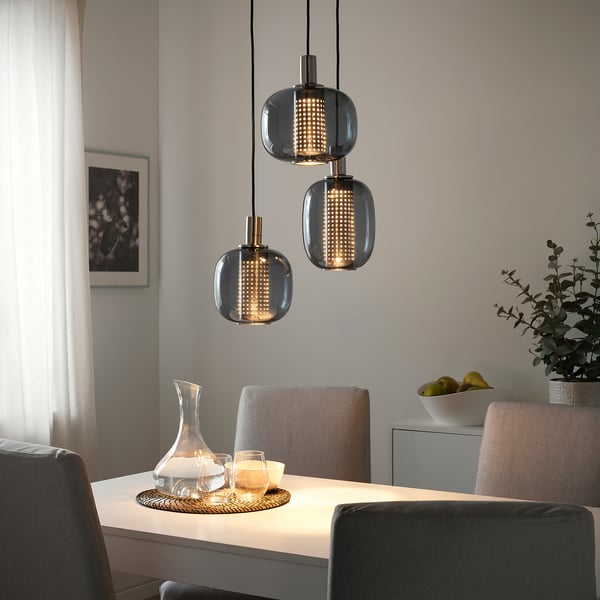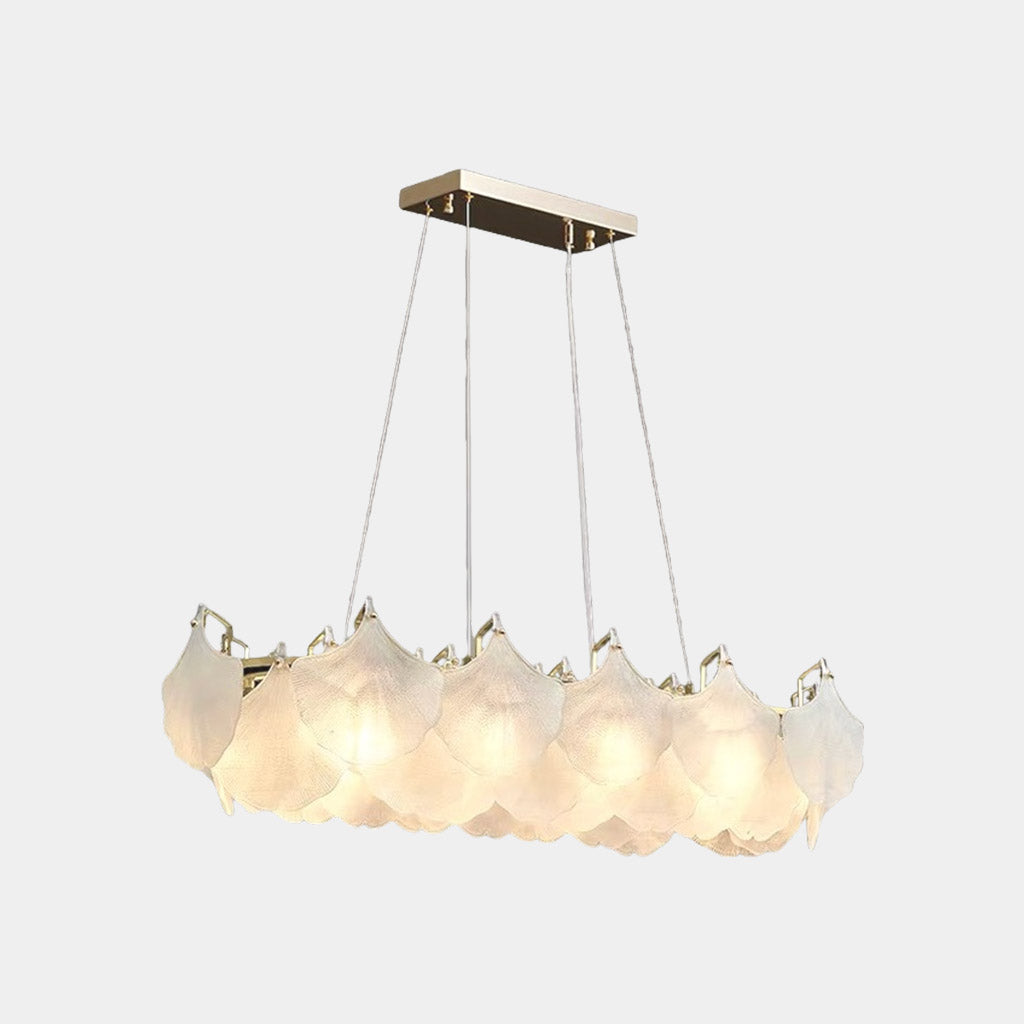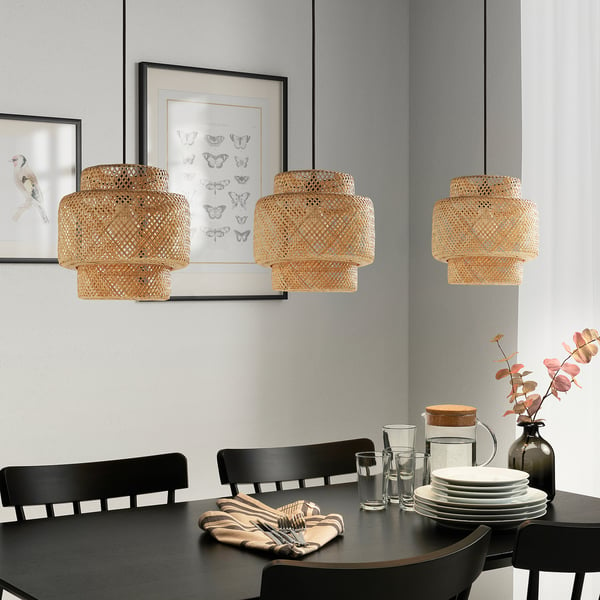7 Stylish Pendant Light Options for Outdoor Spaces and Patios
Wiki Article
A Comprehensive Overview to Putting Up and Maintaining Your Necklace Light
Installing and preserving a necklace light calls for careful planning and execution. Appropriate elevation dimensions can enhance both performance and layout. Important devices and a clear setup process are critical for an effective setup. Regular upkeep warranties long life and performance. Understanding these elements can transform a room. Nonetheless, knowing where to begin might seem daunting. What steps should one focus on to accomplish the very best outcomes?Comprehending Pendant Light Styles
While lots of house owners look for to enhance their areas with pendant illumination, comprehending the different styles offered is crucial for making an enlightened selection. Necklace lights can be found in a plethora of designs, each offering special aesthetic and functional benefits. Traditional necklace lights frequently feature classic shapes and materials, such as glass or metal, giving a classic charm. Contemporary styles, on the various other hand, might include innovative materials and vibrant colors to produce striking focal points.Industrial-style pendants commonly use raw materials like subjected bulbs and rustic coatings, ideal for loft spaces and modern-day setups. For an extra whimsical touch, vintage-inspired options evoke nostalgia with intricate information and retro surfaces. Additionally, minimal layouts concentrate on simplicity and tidy lines, attracting those that like underrated beauty. Understanding these varied styles permits home owners to choose pendant lights that not only enhances their design but likewise offers their functional lighting requires efficiently.
Gauging the Suitable Elevation for Your Pendant Light
Just how does one identify the excellent height for a necklace light? To achieve the most effective functionality and aesthetic charm, several aspects must be taken into consideration. Generally, a necklace light should hang 30 to 36 inches above an eating table to assure sufficient lighting without blocking views. In areas with high ceilings, the fixture might be positioned somewhat greater to keep proportionality.For kitchen area islands, an elevation of 28 to 34 inches above the kitchen counter is typically suggested, enabling sufficient light protection while keeping a welcoming environment. In living areas, the pendant must be hung at an elevation that enhances the surrounding design and does not produce a hazard for individuals strolling underneath it.
Eventually, individual choice and area measurements play significant functions in figuring out the best elevation. Examining various heights prior to final setup may assist attain the wanted result and performance.
Tools and Materials Needed for Installment
Successful setup of pendant lights requires a certain collection of devices and materials to ensure a smooth procedure. Important tools include a screwdriver, wire pole dancer, and a drill, which facilitate secure fixture accessory and appropriate electrical wiring. A voltage tester is vital for verifying security by making sure that power is off before starting any type of electrical work.Along with devices, specific materials are required for installment. These consist of the pendant light itself, electric circuitry, cable nuts for protected connections, and installing hardware. A ceiling hook might also be required, relying on the component's design.
For added security and convenience, a ladder will certainly help within high ceilings, while a degree ensures that the light hangs uniformly. Preparing these materials and devices beforehand streamlines the installment process, making it more efficient and reliable. Correct preparation is vital to attaining a successful necklace light installment.
Step-by-Step Installment Process
With the necessary devices and products gathered, the installment process for necklace lights can begin. The power supply need to be turned off at the circuit breaker to assure safety. Next off, the mounting brace needs to be connected to the electric box in the ceiling. After protecting it, the electrical expert's tape must be utilized to cover any type of exposed cables.Adhering to that, the pendant light's cables are connected to the corresponding wires in the ceiling: black to black (or red), white to white, and green or copper for ground. When the links are made, they should be protected with cord nuts.
The necklace light can after that be affixed to the mounting bracket, ensuring it hangs at the desired height. Finally, the light bulb is inserted, and the power is transformed back on at the circuit breaker, permitting the new necklace light to light up the area.
Preserving and Cleansing Your Necklace Light
What steps should be required to ensure the durability and visual allure of necklace lights? Regular maintenance and cleaning are crucial in maintaining their charm and performance. Dirt and dirt can build up on necklace lights, reducing their luster. To clean up, a soft, lint-free cloth or microfiber towel ought to be used, in addition to a mild cleaner ideal for the surface area material - Pendant Light. For glass or crystal pendants, a glass cleaner can enhance clarity without streaksIt is recommended to shut off the light and permit it to cool down prior to cleaning. Additionally, evaluating the component for loose light bulbs or links regularly assures safety and security and height efficiency. If applicable, changing light bulbs routinely prevents pressure on electric elements. Finally, preserving a secure environment by preventing exposure to dampness can greatly expand the life of necklace illumination. Adhering to these actions will certainly maintain necklace lights looking their best while working successfully.
Troubleshooting Usual Necklace Light Issues
When pendant lights breakdown, a number of common concerns may arise, including flickering light bulbs, wrong setup, and voltage variations. Determining the source is necessary for effective repairing and making sure peak performance. Attending to these problems quickly can boost the longevity and performance of necklace illumination components.Flickering Light Bulbs
Flickering light helpful hints bulbs can be a resource of aggravation for house owners, frequently signifying underlying electrical problems or simple maintenance demands. This phenomenon might originate from loose light bulb links, where the bulb is not safely suited the socket, triggering recurring contact (Pendant Light). Furthermore, malfunctioning or aging bulbs may flicker as they near the end of their life-span. One more usual cause is irregular voltage, which can arise from problems within the electric system or straining circuits. Homeowners ought to likewise look for harmed wiring, as this can result in flickering and present safety and security hazards. Prompt substitutes and routine examinations are essential to assure proper performance straight from the source and to maintain a secure home atmosphere. Determining the root cause promptly can avoid more problems
Inaccurate Installation Concerns
Improper installment of necklace lights can bring about a series of problems that might appear like those brought on by flickering light bulbs. Common issues consist of loosened circuitry connections, which can disrupt the flow of electrical energy and cause periodic illumination. Furthermore, if the placing bracket is not safely secured, the pendant may hang unevenly, developing an unpredictable component that can trigger vibrations or noise. Wrong light bulb types or wattage can likewise add to efficiency concerns, as incompatible bulbs might not work efficiently in the component. Ultimately, inadequate spacing from the ceiling can produce darkness or reduce light circulation, lessening the intended impact of the necklace light. Recognizing and addressing these setup mistakes is necessary for attaining appropriate capability and aesthetic charm.Voltage Variation Problems
Although necklace lights can boost an area's setting, voltage fluctuations can bring about significant performance problems. These variations may trigger flickering lights, reduced brightness, and even premature light bulb failing. To diagnose such issues, one must initially check the light fixture's compatibility with the voltage supply. Making use of a multimeter can help determine voltage degrees and determine irregularities. If voltage issues linger, it might be needed to check the electrical system for loose connections or damaged wiring. Sometimes, getting in touch with a licensed electrical contractor is suggested to assure safety and conformity with local codes. Appropriately attending to voltage variations not just boosts the performance of pendant lights yet additionally expands their lifespan and improves overall lights top quality.Enhancing Your Space With Pendant Light Positioning
Efficient pendant light placement can considerably improve a space by adhering to optimal height standards, making sure the best lighting degree. Layering these lights with other sources can develop a well balanced environment, highlighting prime focus within the click over here now room. Achieving a harmonious appearance requires cautious consideration of both the fixture's placement and its partnership with surrounding components.Ideal Height Guidelines
When pondering the perfect elevation for necklace lights, a basic guideline recommends hanging them roughly 30 to 36 inches above a countertop or table surface area. This elevation permits optimum illumination while making certain that the light does not obstruct views or create dangers. In eating areas, pendant lights should be positioned to boost the dining experience, usually around 28 to 34 inches over the table. For cooking area islands, maintaining uniformity across multiple pendants can create a cohesive appearance; spacing them uniformly and adhering to the advised height boosts capability. It is vital to consider ceiling height also, as greater ceilings may call for modifications to keep symmetry and aesthetic appeal. Appropriate height positioning greatly adds to the total ambiance of a room.Layering With Other Lights
As necklace lights are integrated into a more comprehensive illumination layout, they can substantially enhance the environment of a room. Their versatility permits them to be layered with ambient, task, and accent lighting, producing an unified balance. As an example, combining pendant lights with recessed lights can give general illumination while highlighting certain locations. Task lighting, such as under-cabinet lights, can enhance pendants in cooking areas, making sure functionality without sacrificing design. Accent lights, like wall sconces, can additionally enrich the environment, accentuating artwork or building functions. By strategically positioning these light sources, property owners can attain deepness and dimension, changing a normal area right into a beautifully lit up establishing that deals with various tasks and moods.Focal Factors and Balance

Tactically placed necklace lights can serve as charming prime focus within an area, drawing the eye and improving the general aesthetic. When selecting pendant lights, it is vital to consider their shade, shape, and size to assure they complement the existing design. A vibrant, large necklace can produce a striking focal point over an eating table, while smaller sized components may function better in clusters to accomplish a well balanced appearance. Furthermore, positioning necklace lights at differing elevations can include deepness and visual passion to the area. Maintaining balance with other aspects, such as furnishings and wall colors, will certainly make sure that the necklace lights boost the room without overwhelming it. Thoughtful positioning changes the setting, creating an unified and welcoming ambience.
Regularly Asked Inquiries
Can I Install a Necklace Light in a Recessed Ceiling?
The inquiry of whether a pendant light can be mounted in a recessed ceiling typically occurs. Normally, it is possible with suitable mounting hardware, guaranteeing proper assistance and electric connections for effective and risk-free installation.What Kind of Bulb Is Ideal for Pendant Lights?
When picking light bulbs for pendant lights, LED options are typically liked as a result of their power performance and longevity. Furthermore, the color temperature ought to match the desired setting, with cozy white being a prominent option for comfy setups.Are Necklace Lights Safe for Outdoor Usage?

Just how Do I Pick the Right Pendant Light Wattage?
Choosing the ideal necklace light electrical power involves evaluating the area's size, desired brightness, and component compatibility. Generally, lower power levels suit ambient lighting, while greater wattages provide task lighting, making certain functionality and aesthetic appeal.Can I Utilize a Dimmer Switch Over With My Pendant Light?
The inquiry developed whether a dimmer button might be utilized with a necklace light. Generally, if the lighting fixture and bulb work, a dimmer switch can successfully enhance atmosphere and control illumination levels.
When pendant lights breakdown, several typical concerns might arise, including flickering light bulbs, wrong installation, and voltage fluctuations. Incorrect installment of necklace lights can lead to a range of issues that may appear like those triggered by flickering light bulbs. Inadequate spacing from the ceiling can create shadows or decrease light circulation, diminishing the designated effect of the pendant light. Reliable necklace light positioning can considerably boost a space by adhering to excellent height standards, ensuring the best illumination level. When selecting bulbs for pendant lights, LED choices are typically preferred due to their power performance and longevity.
Report this wiki page